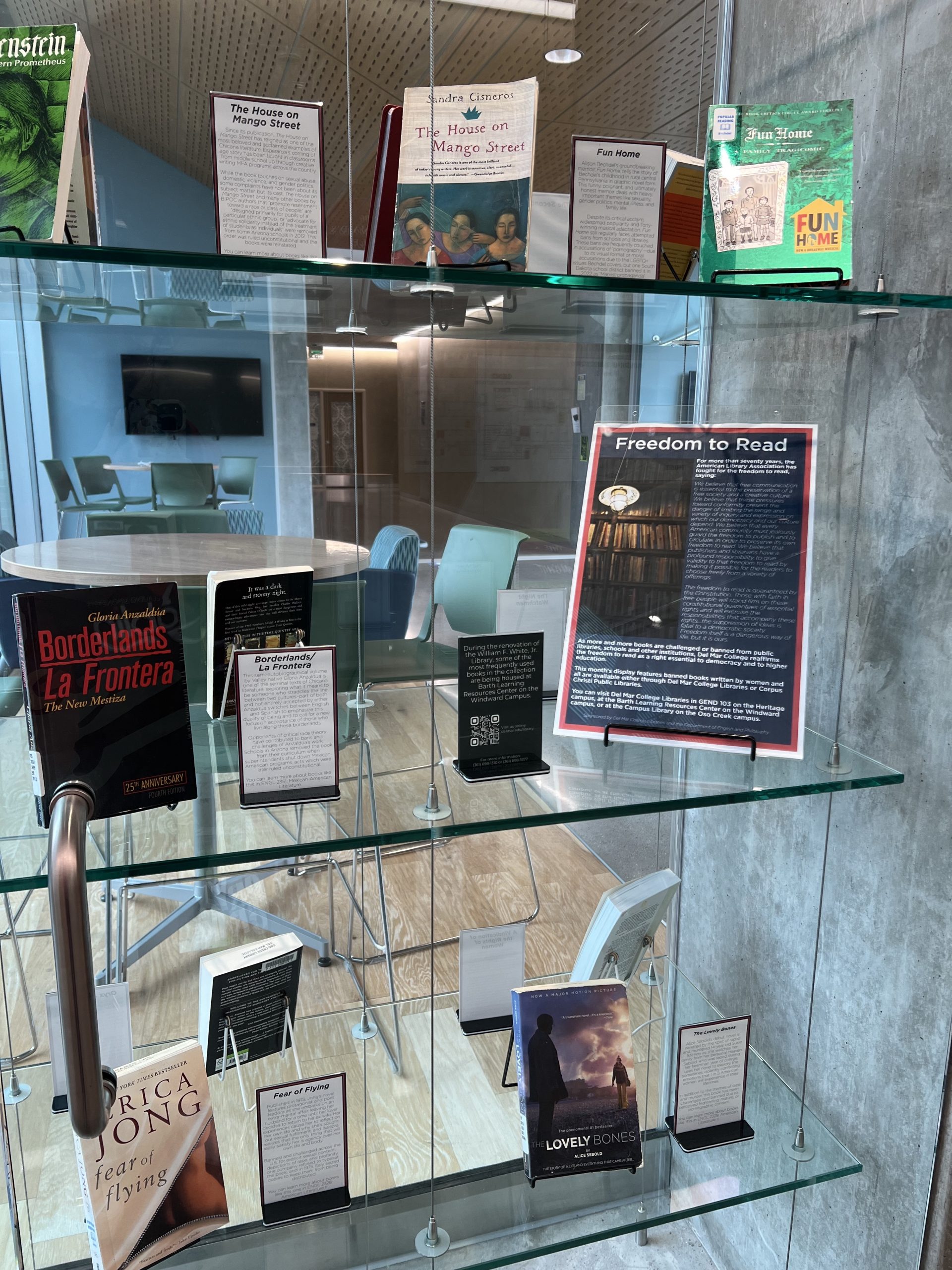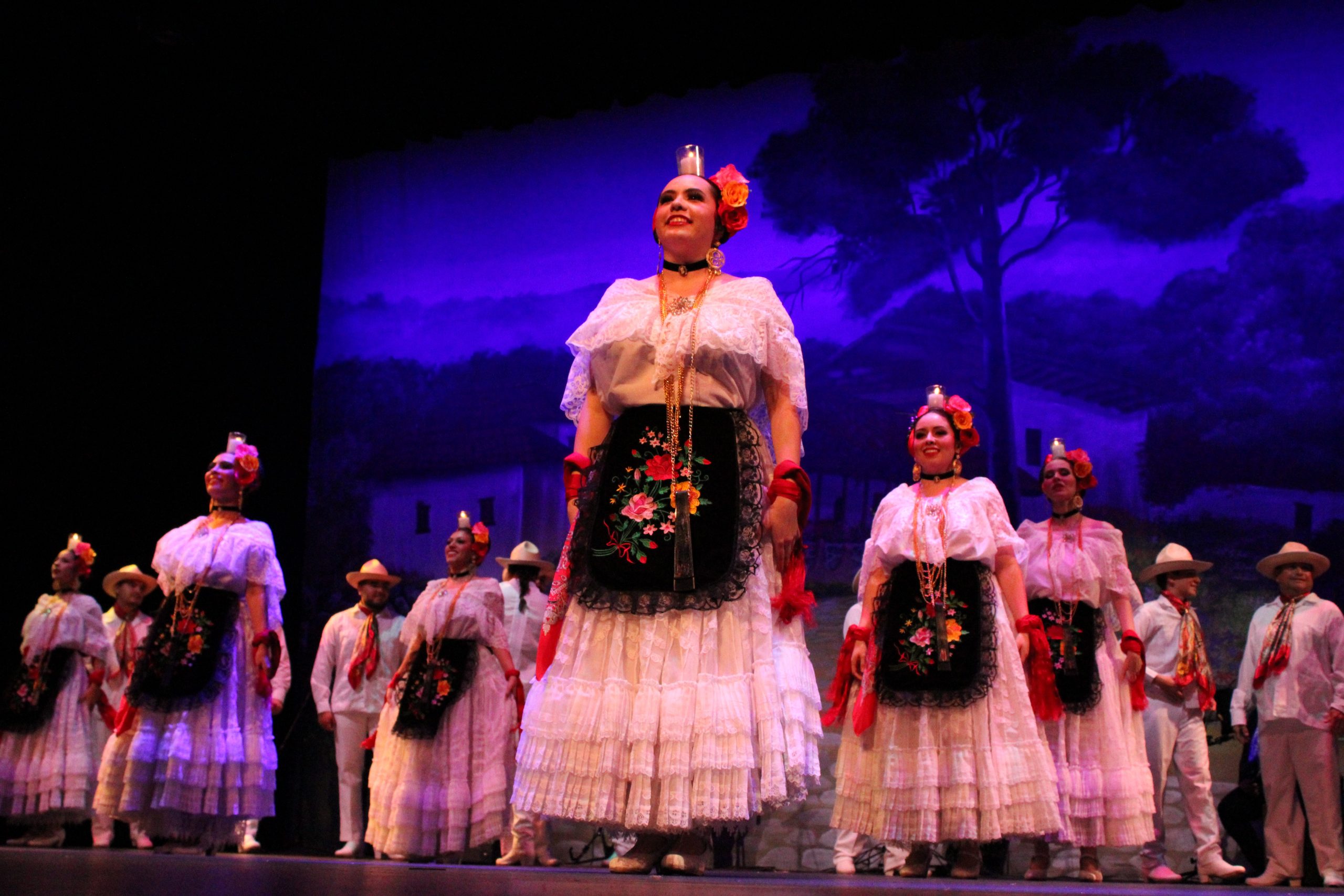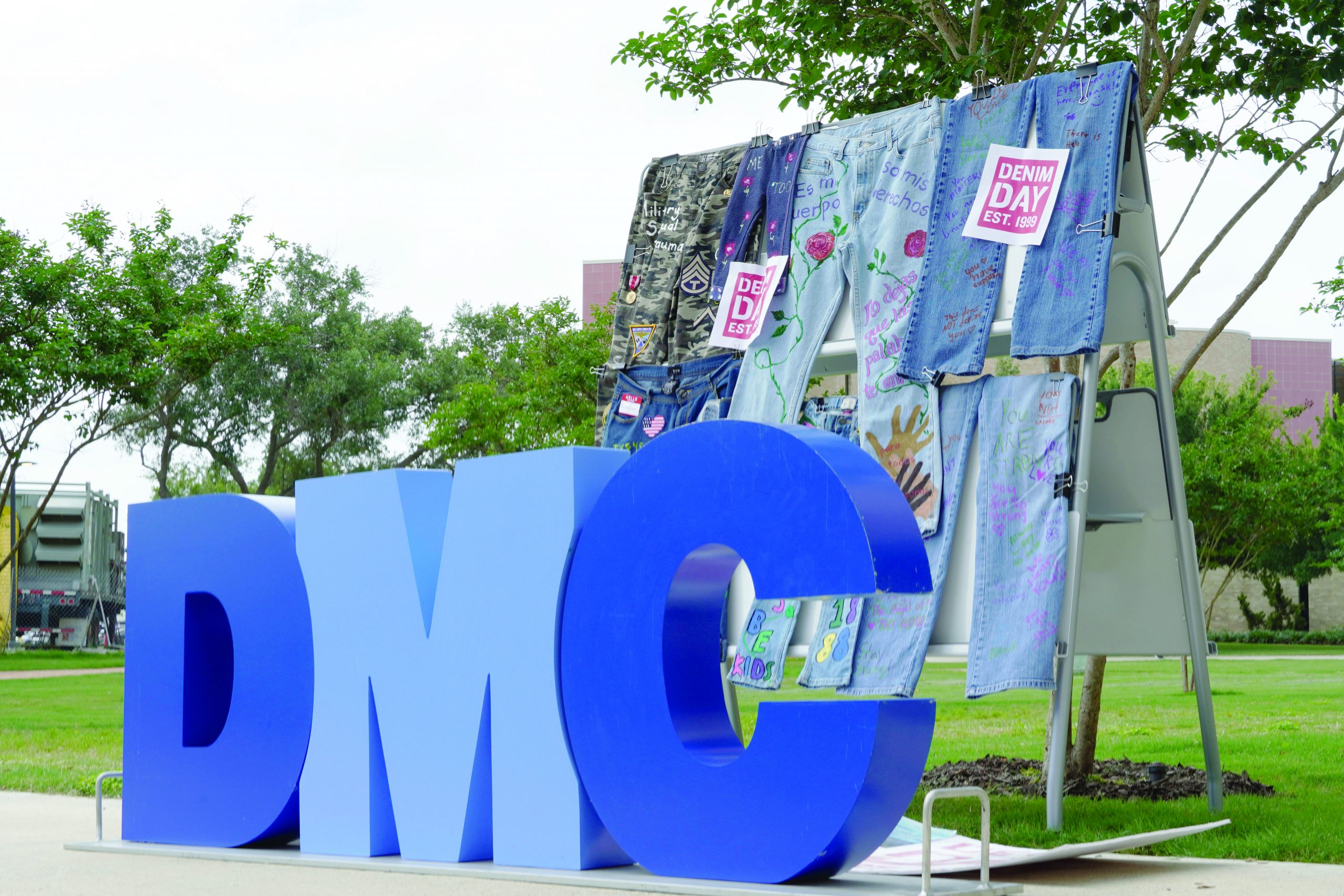Dr. Emily Shearer Stewart, Library Committee Chair, and Outreach and Programming Librarian Kathy Westergren have collaborated to present students with a thematic banned books display.
The Banned Books installation began late last year with the January theme being books widely considered to be literary classics.
Those titles included Brave New World, 1984, A Clockwork Orange, Of Mice and Men, Huckleberry Finn, Lolita, Origin of Species, Satanic Verses, and The Handmaid’s Tale among others.
The exhibition is available to view in the GEN D building, second floor in a glass display case beside an aesthetic seating area.
In front of the Harvin Centers main entrance, take the stairs up, enter the double doors and continue straight to the end of the hall. The display will be on your left, adjacent to room D205.
Due to the ongoing renovation of the William F. White Library, some of the books on the January list were hard to track down.
A portion of the library’s books are in storage while another portion is located at the Barth Learning Resources Center, the full-service library on the Windward campus.
“We got a little behind because we were trying to find some books out of our personal collections, or some of the librarian or English department’s personal collections.” Kathleen Westergren explained.
Westergren assures that dual credit students have equitable access to all library services.
“We were debating even putting DVDs up,” Westergren added, in place of missing books with film adaptations. Ultimately enough books were compiled, and the display debuted.
With the new semester in full swing, the monthly rotation of themes in the display has also begun.
For the month of February, the Library Committee celebrated Black History Month and in March the installment will celebrate women authors in honor of Women’s History Month.
“It’s not really an easy answer,” said Westergren when asked what makes literature controversial, “but that’s why you have things available for people to determine for themselves.”
You may be familiar with some of America’s most famous controversial literary works; To Kill a Mockingbird and The Catcher in the Rye, and may be surprised to see some titles such as Harry Potter on the list of frequently banned books.
Banning books is not new, and existed in America long before it became the United States.
Over the course of history, the Supreme Court has established a legal criteria for banning books in United States public schools. These standards are intended to protect the First Amendment rights of students.
The court ruled that school boards are forbidden to remove books from school libraries for no better reason than they dislike the ideas in the books. The removal must be based on a valid educational reason and must not be an attempt to suppress a particular viewpoint or ideology.
For a book to be banned on legal grounds, the reason for banning it must be objective and grounded in either educational or on obscenity standards. Books may also be banned if the content is defamatory, engender hatred, or incite violence.
Subjective disagreements over ideology or content do not provide legal justification for the banning of books.
Today it is hard to keep pace with the fluidity of what is deemed appropriate given the extreme changes that continue on the ideas of sexuality, gender, race, substance use and more.
Gain your own perspective and decide for yourself. Visit the Banned Books Thematic Display in Gen D building, second floor across from room D205.





